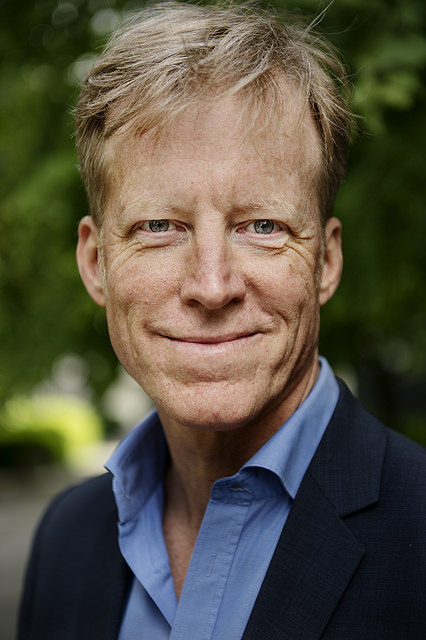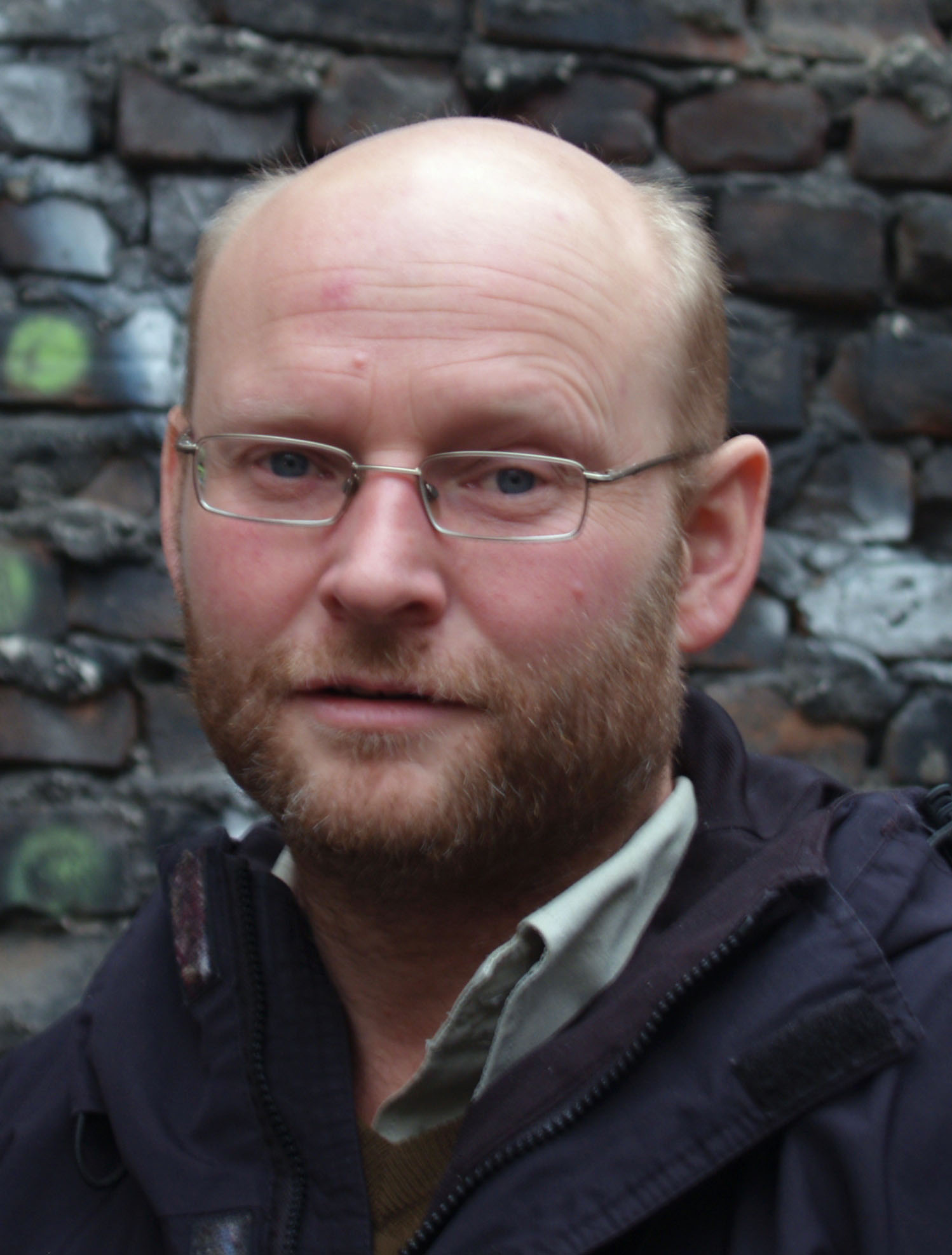Is it time for male quotas in the health sciences?
There is no lack of good arguments for gender balance and diversity in the health sciences.
The Kjeller campus between Oslo and Lillestrøm hosts the midwifery education programme. It is here where the Master’s Degree in Midwifery is offered and where Norway’s first professor in the field is found.
“But there are no men to be seen there, neither as students nor as employees. Should we be concerned?”
With these words, Curt Rice, Chair of the KIF Committee and Rector of Oslo and Akershus University College, opened his presentation at the Norwegian Directorate of Health in early February.
This was one of several meetings of the national committee for cooperation between the health and education sectors. The topic was Female dominance of the health sciences –Does it matter?
How does a predominance of women affect the health sciences? Is it a social problem that all midwives are women? Or if we broaden the question: Is it a social problem if only women are nurses, doctors, dentists or psychologists?
Should reflect the population
It is a social problem, according to Rice. At least we have a lot to gain from improving the gender balance and increasing diversity in the health sciences.
“There are many arguments for the benefits of diversity and gender balance in the various subject areas, both among students and employees,” he explained.
“We can base our argument on the role model principle. All occupations should be normalized for both boys and girls, and we can do this by ensuring that young people see both genders represented in various occupations.”
“In addition, there is a benefit to diversity in groups. Research on social dynamics has shown that a group’s ability to solve problems, as well as people’s sense of well-being and productivity, increase in diverse groups.”
Diverse groups also take better decisions, Rice believes:
“We’re more certain of our decisions when we have faced opposition, and opposition is more likely to occur in diverse groups.”
Another strong argument is that those who work in the health care sector should reflect the population as a whole, in part out of consideration for the users of health care services.
“The needs of the users must be addressed. For instance, some men will want to have a male therapist because it can be difficult to talk to a woman about various problems,” says Knut Oftung, a researcher in men’s studies and a senior adviser at the Equality and Anti-discrimination Ombudsman.
Strike a blow for quotas
If the trend continues as it has in recent years, we will see increasingly fewer male students in the various health sciences. Then we must start to think about quotas. Quota schemes have a bad reputation which is undeserved, according to Curt Rice.
“Quota schemes are our most radical option for influencing the hiring process. It’s a myth that quotas result in less quality. Research suggests that the opposite is true.”
“In Sweden, a study was conducted of quota schemes in political parties, and it turned out that the level of competency increased in the group where women came on board due to a quota scheme because weaker men were replaced with stronger women.”
The study: "Gender quotas and the crisis of the mediocre man"
Rice believes that quota schemes should be considered for subject areas with poor gender balance.

“Assigning academic marks is not objective. We must allow for other instruments and nuances in the admission system if we believe gender balance is important for student groups.”
He presents a clear challenge:
“If we believe that gender equality is important, including among students, then the only option is to take action, without worrying that it might negatively impact quality.”
In addition, the applicant pool may also be affected when it is stated that the study programme is concerned about gender equality, according to Rice.
Outdated role models and harmful part-time culture
We see clear gender role patterns in some of the health sciences. Gender role patterns are a social inheritance that we carry with us, Knut Oftung point outs.
“In the 1950s and 1960s, Norway put strong emphasis on creating a welfare state that allowed women to stay at home. This led to a specific homemaker role for women and a breadwinner role for men.”
He says this in turn has led to an infantilization of women who do “men’s work” and men who do “women’s work”.
Oftung believes the result is a gender-segregated labour market.
“But we can and should take action. Parts of the health care sector have a harmful culture of part-time jobs. You wouldn’t get a man to work part-time in a 50 percent nursing position! If we want more men in health care, we need to strike at the root of this part-time culture.”
Stereotypical occupation descriptions scare away men

Oftung emphasizes that the argument to make use of all the human resources found in society is often heard with regard to bringing women on board in male-dominated fields. This is an argument we can also use in relation to men. We lose vast resources when we only recruit health care workers from one-half of the population.
He thinks it is important to be aware of how occupations are presented in the recruitment process.
“The occupation description is critical. It must be realistic and genuine, but unfortunately we have some stereotypical descriptions. It’s true that nursing implies care, food, and looking after others, but it has many other dimensions as well,” said Oftung.
Oftung is positive towards an aspect of the new anti-discrimination law that has been circulated for review:
“The Government is proposing an option to bring men on board through a quota scheme – that is, equal access for positive preferential treatment for both women and men. This may be beneficial in the health care sector.”
Translated by Connie Stultz.
The national committee for cooperation between the health and education sectors (NSHU) is a forum where stakeholders from the higher education sector and the health care sector meet to discuss common interests. NSHU meets twice annually, and consists of a wide range of representatives from the two sectors, as well as from the Ministry of Education and Research and the Ministry of Health and Care Services. The Norwegian Directorate of Health serves as the secretariat for the committee.
The aim of NSHU is to serve as a national arena for discussing critical issues of relevance for both sectors in order to:
- Strengthen cooperation between the sectors in areas of common interest;
- Put the spotlight on – and think freely about – health care services, professional practice, competency needs and education;
- Bring attention to and discuss key topics within national health care and education policy which the parties can take further to the political level through their own activities.
The topic of the meeting held on 4 February 2016 was Female dominance in the health care sector – Does it matter? The aim was to put gender bias in the health sciences on the agenda. The health sciences have long been dominated by women.

